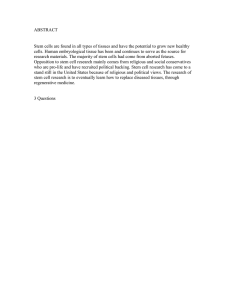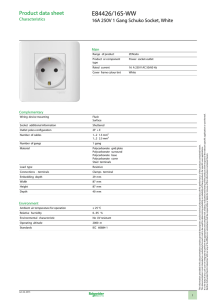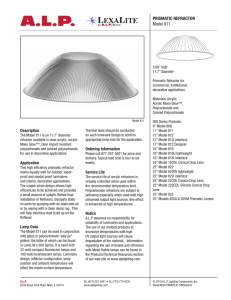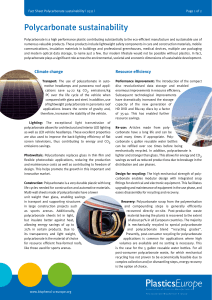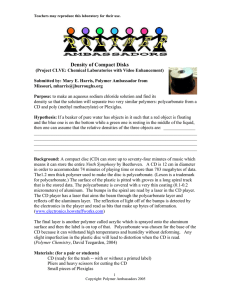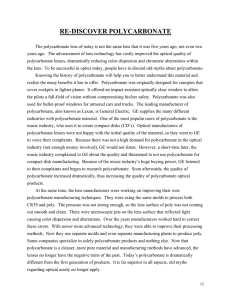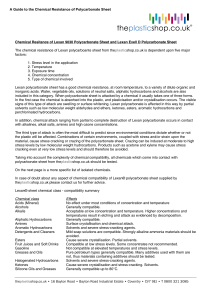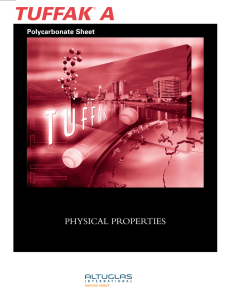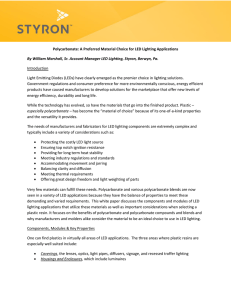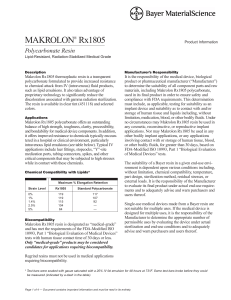AbstractID: 1419 Title: Design considerations for intrauterine stems for brachytherapy,
advertisement
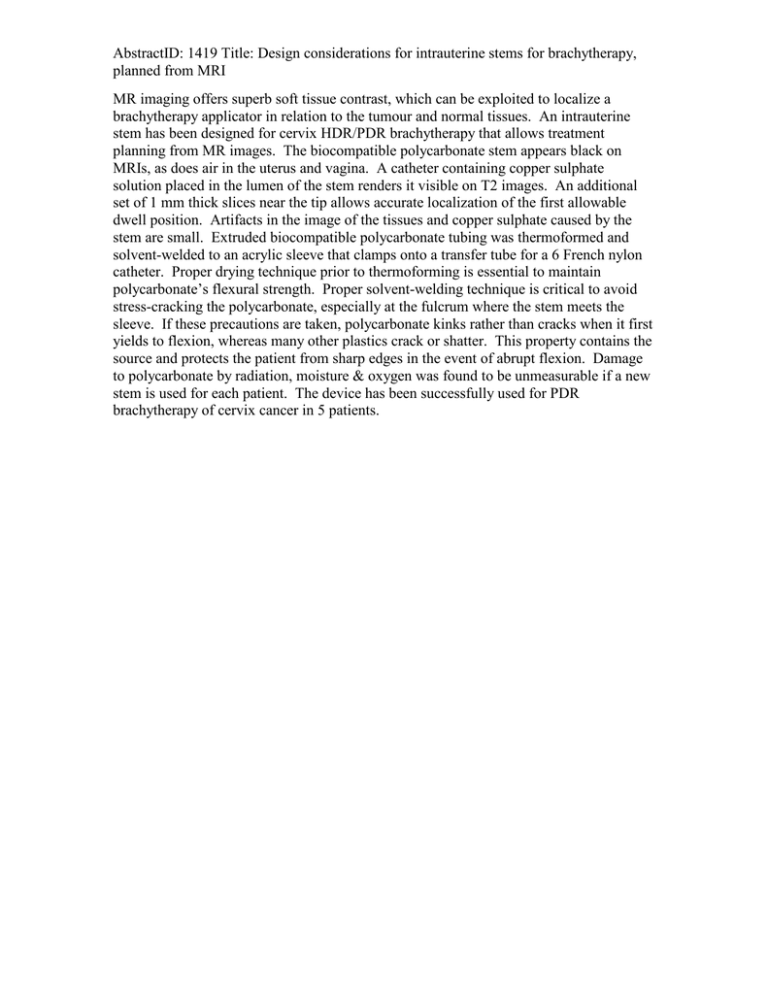
AbstractID: 1419 Title: Design considerations for intrauterine stems for brachytherapy, planned from MRI MR imaging offers superb soft tissue contrast, which can be exploited to localize a brachytherapy applicator in relation to the tumour and normal tissues. An intrauterine stem has been designed for cervix HDR/PDR brachytherapy that allows treatment planning from MR images. The biocompatible polycarbonate stem appears black on MRIs, as does air in the uterus and vagina. A catheter containing copper sulphate solution placed in the lumen of the stem renders it visible on T2 images. An additional set of 1 mm thick slices near the tip allows accurate localization of the first allowable dwell position. Artifacts in the image of the tissues and copper sulphate caused by the stem are small. Extruded biocompatible polycarbonate tubing was thermoformed and solvent-welded to an acrylic sleeve that clamps onto a transfer tube for a 6 French nylon catheter. Proper drying technique prior to thermoforming is essential to maintain polycarbonate’s flexural strength. Proper solvent-welding technique is critical to avoid stress-cracking the polycarbonate, especially at the fulcrum where the stem meets the sleeve. If these precautions are taken, polycarbonate kinks rather than cracks when it first yields to flexion, whereas many other plastics crack or shatter. This property contains the source and protects the patient from sharp edges in the event of abrupt flexion. Damage to polycarbonate by radiation, moisture & oxygen was found to be unmeasurable if a new stem is used for each patient. The device has been successfully used for PDR brachytherapy of cervix cancer in 5 patients.

